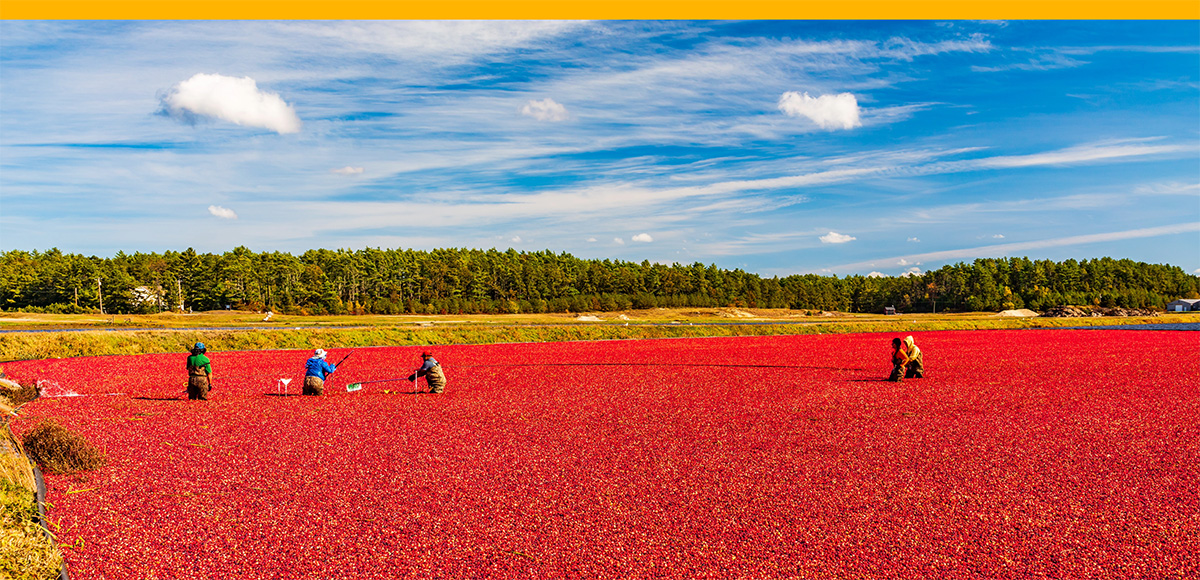
Introduction
Strategic thinking is the intuitive, visual, and creative process you use to make decisions about your farm business. Strategic thinking is all about thinking ahead, predicting what your competition is going to do, and then taking risks to succeed. You’re thinking big, you’re thinking deep, and you’re thinking across time. You want to envision all potential problems, solutions, and outcomes to a given problem, challenge, or opportunity.
You might not initially think of it this way, but strategic thinking is a visual and a creative process. This process is about exploring your intuitions, gut feelings, and experiences. It’s thinking outside the box, using your critical thinking to solve complex problems, diving into emerging issues, themes, and patterns you’re noticing while also exploring opportunities.
It’s considering all possible scenarios, not excluding any at first, and then anticipating possible outcomes for any action or inaction you might take. It will help you figure out the best path forward to give you a competitive advantage and add value to your farm.
How do you incorporate this idea of thinking strategically into your business plan and operations? You make it actionable by envisioning the future and setting goals with steps to achieve them.
A common tool you may have heard used during this process is a Strengths, Weaknesses, Opportunities, and Threats (SWOT) analysis, which helps you find strategies for your business.
Why do we care about strategies?
It’s because they allow for proactive management, they help us maintain more control over what happens to a farm, and they determine early on if a business idea, enterprise, or opportunity is feasible and the right fit.
Strategic planning can be looked at as a continual, cyclical process we set intentionally then use in our business daily.

We’ll start at the top in the strategic or long-term phase. In this phase, we begin to set our strategy by asking (and answering): “Where are we now and where do we want to go?” In the tactical or medium-term phase, we ask: “How are we going to get there and what are we going to do?”
Finally, in the operational or short-term phase, we do what we’ve planned for and evaluate how the plan is working.
The SWOT Analysis
Robert Filek is quoted as saying, “Strategy without process is little more than a wish list.” I want us to keep this in mind. Because there are two pieces to the SWOT analysis, or to even thinking about strategies in general. There’s the process piece, or how we come to our actions, and then there’s the writing down and creating the actionable list piece. We want to make sure we have a good balance between the result and the process.
We want to make sure we’re not stifling the process by rushing to create a list, and we want to make sure we’re not forgetting about what we’re learning and gaining through the process by not being able to create the actionable list we’re moving forward with. Don’t let one stifle the other.
A SWOT analysis is the identification of strengths, weaknesses, opportunities, and threats to your business. It’s the development of strategies and goals from this analysis. And then, the most important part, it’s the creation of realistic actions to reach those goals.
This is a great exercise to complete at least once per year to help keep you focused on achieving your mission and vision. Some farms feel it best to revisit or complete the exercise each quarter if there are challenges or growth opportunities looming. It is up to each farm to find the process that works best to keep them focused on the bigger picture and end goal. You can also choose to complete this exercise for the farm as a whole or for an individual issue or enterprise, depending on your needs. A SWOT analysis is a useful tool when thinking through your succession plan and figuring out the course for the farm and family’s future.
Who should be involved in creating a SWOT analysis?
Before you sit down to create the SWOT analysis, it is worth thinking through who should be involved. The easy answer is it depends on the issue you’re addressing. The more complicated answer involves two parts: the leadership team creating the analysis and the stakeholders providing the feedback.
The leadership team that creates the analysis may consist of owners, partners, C-suite executives, managers, and other decision-makers on the farm. This can include the owner generation, the successor generation, and those that make strategic decisions about the farm’s finances, labor/employees, crop and livestock production, product development, estate plans, risk management, and environmental or sustainability efforts.
Key stakeholders you consult throughout the information-gathering stages include key people and organizations you do business with such as consultants, lenders, financial advisors, risk management agencies, cooperatives, service providers, markets, neighbors, community organizations, and employees.
The accompanying image is an example of a SWOT matrix and strategy analysis worksheet. At the top, you will see an area to list strengths and weaknesses in an internal analysis. On the left, there is an area for an external analysis of opportunities and threats. The middle is where you use the analysis to create strategies based on your findings. Let’s walk through it step by step.
The 3 Step Process
Step 1 – Internal Analysis
This is an internal analysis where you and the farm’s leadership team identify the business’s strengths and weaknesses. This is a self-assessment where you are looking at the business’s performance, your assets, and management decisions. Ask yourself:
- What is your competitive advantage?
- What limits what you can do?
- How has the business performed in the past (during good times and bad)?
- What trips you up or keeps you up at night?
Be brutally honest with yourself! The analysis only works if you’re providing accurate information.
To dive a little deeper here, reach out to people within and outside the farm. Gather feedback on others’ perceptions. This feedback can be tough to hear, but it’s important to know how people see your business even if that isn’t the reality that you experience. You will also want to compile industry benchmarks and rank these in terms of their level of importance to your operation’s competitive advantage. You will also want to look at the financial analysis measures from the last 5 years, figure out how business decisions are made, and how the farm has been managed. Examine what went well or poorly and why.
Step 2 – External Factors
The next step of the SWOT analysis is to dive into the external factors affecting the farm business. Here you identify external opportunities and threats. Take the time here to gather information on the external environment. You can do this by taking a look at the general condition of the economy and asking:
- How is it affecting or will be affecting the business?
- What are the trends with input and commodity prices?
- Where is technology headed and how could it help or cause challenges?
- What are consumers or society looking for?
Other things to consider include current or future government rules and regulations and trends or changes in the ag industry. Try to define who you are competing against and then take a look at what they are doing. Make sure to take a global, national, statewide, and local lens.
Again, take some time to dive into these topics. You can do this by looking at what various media sources are interested in, using the internet or the library to investigate market trends, or talking to various professionals, peers, or neighbors. Ask business partners, employees, customers, consultants, those you do business with, family, and friends for their thoughts and feelings. Remember, right now you are gathering information. You don’t want to exclude options at this point. Including a broad array of perspectives can be helpful when trying to identify the best way forward.
Step 3 – Create Strategies
After all the information has been pulled together and recorded, the next step is to recognize and create available strategies to move you toward your end goal.
Creating strategies is your opportunity to find ways you can take advantage of your strengths and minimize or eliminate the impact of the farm’s weaknesses. You are looking to maximize the business’s potential and mitigate risks. You do this by developing cross strategies that pair your strengths and weaknesses with external opportunities and threats.
Strategies that show up more than once might be areas to focus on and prioritize higher. Think back to when we talked about strategic thinking. You want to be considering all possible scenarios, not excluding any at first, and then anticipating possible outcomes from any action or inaction you might take. This will help you figure out the best path forward to give you a competitive advantage and add value to your farm. Not narrowing down options too soon can also help give you a starting point if your first strategy isn’t working out and needs to be adjusted, or if you’re looking for an alternative later.
Strategy Analysis Examples
Is this process of developing strategies hard for you to visualize? The following are examples from each box in the matrix to help guide you.
Strength–Opportunity Strategy: One of your strengths is connecting with people and keeping good relationships, while one of the opportunities is to provide a specialized or popular product like locally raised beef direct to consumers interested in knowing their farmers. You could expand into direct marketing a product, such as through a website, farmers market, or storefront. Or you could join a coop or group of other farmers looking to do the same.
Weakness–Opportunity Strategy: Your farm has communication challenges, and no one seems to be on the same page, yet there is an opportunity to expand the farm. One strategy might be to implement mandatory team meetings with set agendas and action steps to increase efficiencies, address problems sooner, and reduce communication barriers. It might also help to create an organizational chart to show who handles what and what the “chain of command” is. This would allow you to commit to expansion while making you more confident in being able to achieve growth.
Strength–Threat Strategy: Your farm has low turnover and employees generally enjoy working for you. However, this is an incredibly tight labor environment and people have many available opportunities. A strategy might be to review current HR practices, check in with employees to see how things are going and troubleshoot issues, and implement any changes or improvements such as bonuses, flexible scheduling, better training, vacation, or a reward system.
And finally, a Weakness–Threat Strategy: If your weakness is that you produce and sell one commodity, a threat is fluctuating or low commodity prices. One strategy might be to diversify income streams. Maybe there’s an opportunity for a value-added product, an agritourism opportunity, a new enterprise, or an investment opportunity.
Turning Strategies into Goals
To turn the strategies from the SWOT analysis into goals and action steps, you will want to—
- Identify your top three strategies.
- Decide on which to move forward with.
- Convert these strategies into goals.
- List action steps needed to achieve the goals.
- Identify a person responsible for each step.
- Determine a realistic timeframe for the goal to be completed.
- Schedule a progress check-in.
- Adjust goals and steps as needed.
You may also want to include how much each step/goal will cost (in terms of time, resources, and money) and what your measurement of success will be.
Why do you need to set goals?
Goals supply the strategic framework for results and keep the focus on what matters most. They prioritize which decisions and actions are critical for quickly moving forward in the right direction, and they define what success looks like.
Goals are most powerful when they are owned by the people responsible for achieving them. Involving the team or employee in the goal development process and working together to name the specific measures needed to confirm progress improves commitment to and achievement of the goal.
How do you set achievable goals?
Begin by developing an aspirational statement that is meant to achieve action toward the farm’s vision and strategy. You are answering the question, “What do I hope to achieve that contributes to the farm’s growth and success?”
Next, use the SMART goal framework to help increase the likelihood of success. SMART goals are specific, measurable, achievable, relevant, and time-bound.
Check your goal to see if you can make it more specific, if you can measure progress toward it, if it is realistic and achievable, if it is relevant to your vision and strategy, and if there is a timeframe for it. This helps you develop goals that are focused and more likely to be completed. Estimating the cost of each goal (money, time, effort) also increases the likelihood of success.
Pulling It All Together
A comprehensive SWOT analysis helps a farm acknowledge and be responsive to opportunities and threats in the current business environment. The business strategies derived from the SWOT analysis should be realistic actions that help the farm reach its goals. Spending time developing goals and strategies helps a farm adapt nimbly in a changing environment and make proactive business decisions.
Incorporate strategic thinking on the farm by taking time to remind yourself of your big-picture or long-term vision for yourself and your farm business, analyze your current situation, identify areas of opportunity, set strategic goals to align with your vision, develop an attainable plan of action, and identify who is responsible for each part of the plan.
Reflection Question
- How can you build a SWOT analysis into your succession planning process?
- Who should be involved in your farm’s SWOT analysis around the succession plan? Owners? Successors? Are there outside stakeholders you can ask to provide feedback from their perspectives?
The worksheet titled “SWOT” Matrix and Strategy Analysis Worksheet (p. 37) from Cultivating Your Farm’s Future: A workbook for farm succession planning may help you start a conversation around the topic from this chapter.
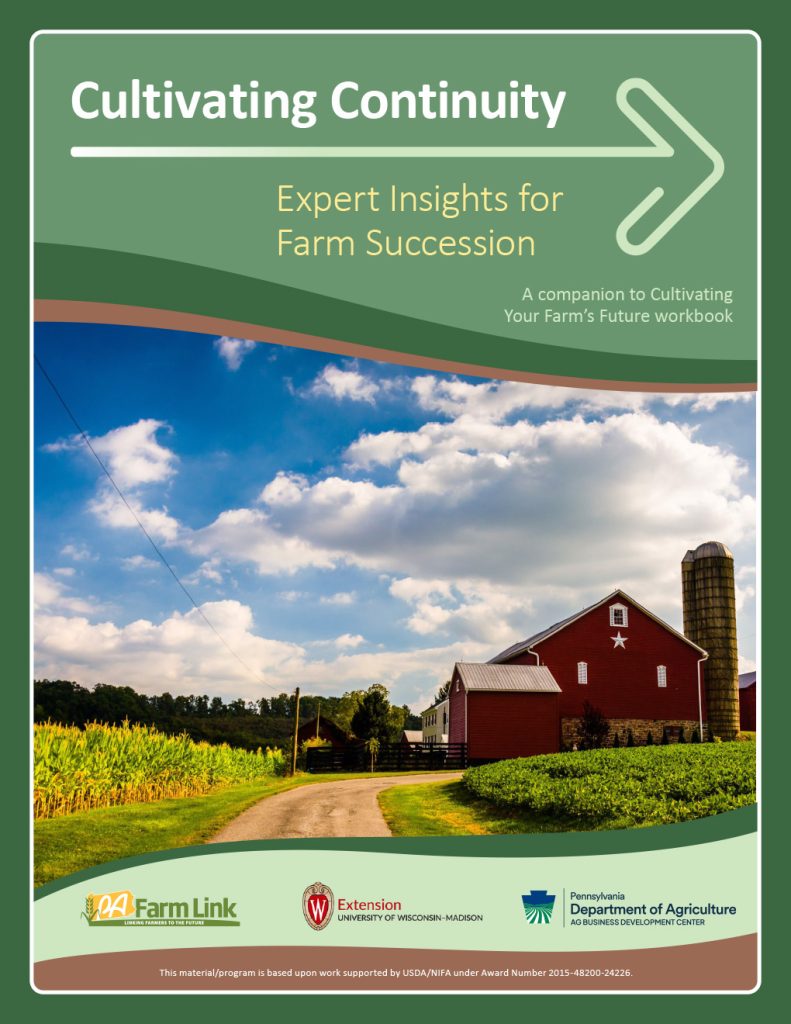
This article is a sample from a larger publication about farm succession, titled “Cultivating Continuity: Expert Insights for Farm Succession“
About the Author

Stephanie Plaster
Farm Business Management Outreach Specialist
Steph Plaster is a Farm Management Outreach Specialist and works to incorporate research findings into outreach to the agricultural community across the state. She focuses on financial and strategic business management for commodity and specialty crop farms. In this role, she identifies and evaluates opportunities for agricultural businesses to meet their mission and goals and enhance their competitive position. She also seeks to identify challenges to these opportunities resulting from variability of prices received, access to new markets, prices of inputs, and new technologies and practices affecting both yield and quality.

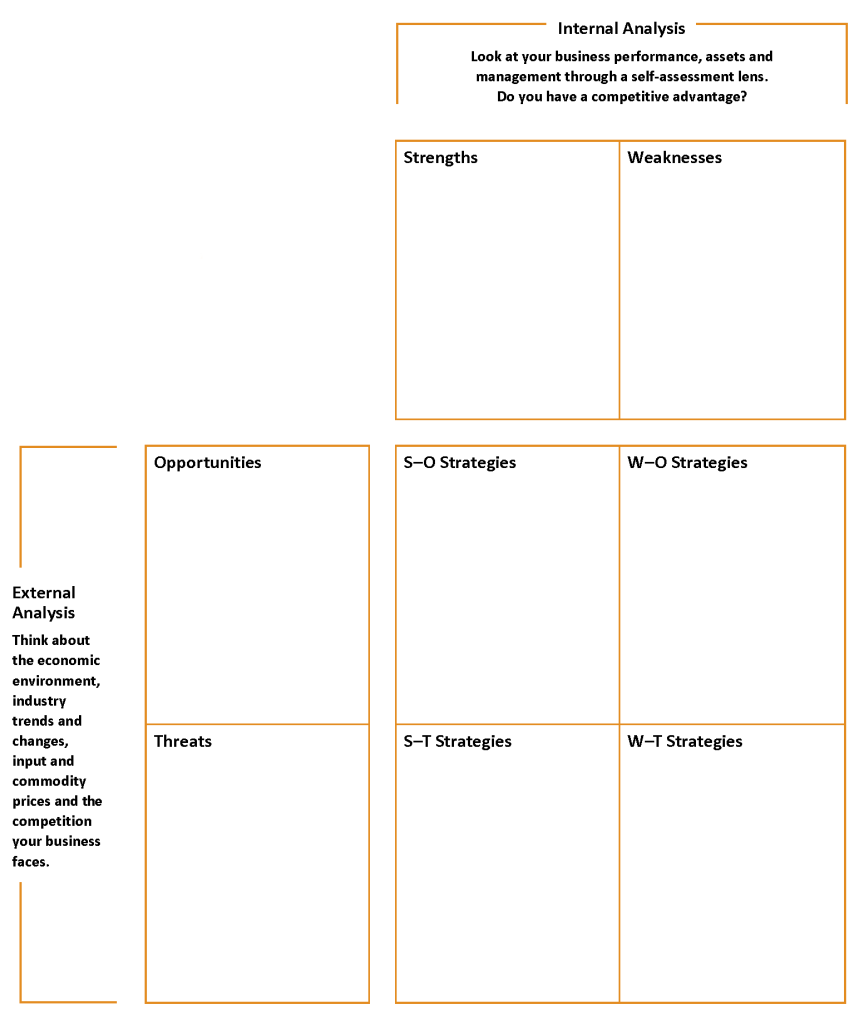
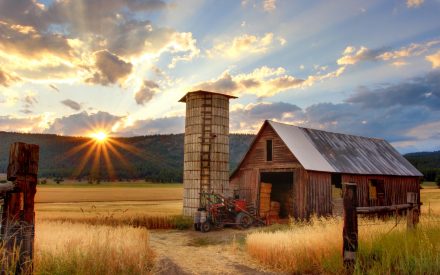 Assess your Farm Business using a SWOT Analysis
Assess your Farm Business using a SWOT Analysis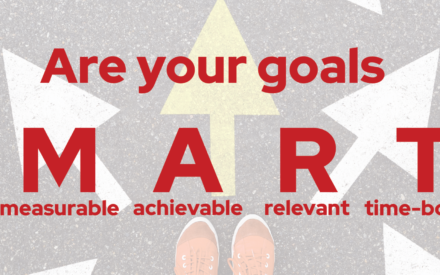 Make Your Strategic Goals A Reality
Make Your Strategic Goals A Reality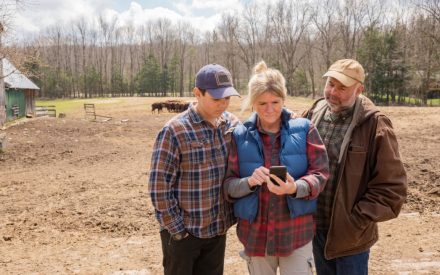 Establishing Your Values and Purpose – Strategic Thinking for the Farm Business
Establishing Your Values and Purpose – Strategic Thinking for the Farm Business Identifying strategies to maximize potential and minimize risk
Identifying strategies to maximize potential and minimize risk


